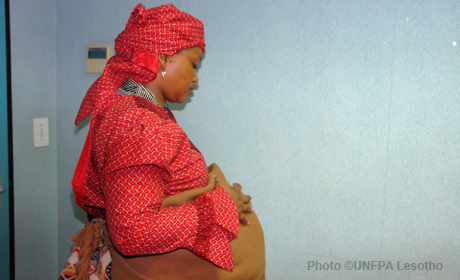Key humanitarian results 2020

Women assisted to deliver babies safely in UNFPA-supported facilities

People reached with GBV prevention, mitigation and response activities

Affected population reached with Family Planning services

Number of women of reproductive age (aged 15-49) reached with SRH services

Number of adolescents aged 10-14 reached with SRH services

Number of adolescents aged 15-19 reached with SRH services

Number of young people aged 20-24 reached with SRH services

People reached with Humanitarian Cash & Voucher Assistance (CVA) for SRH

Number of mobile clinics

Functional health facilities supported by UNFPA that provide Emergency Obstetric Care (EmOC)

Dignity kits and/or other Non-Food Items distributed

Health facilities supported by UNFPA

Personnel trained on clinical management of rape

Personnel trained on the Minimum Initial Service Package (MISP) for SRH

